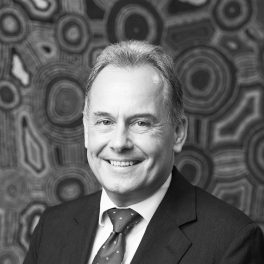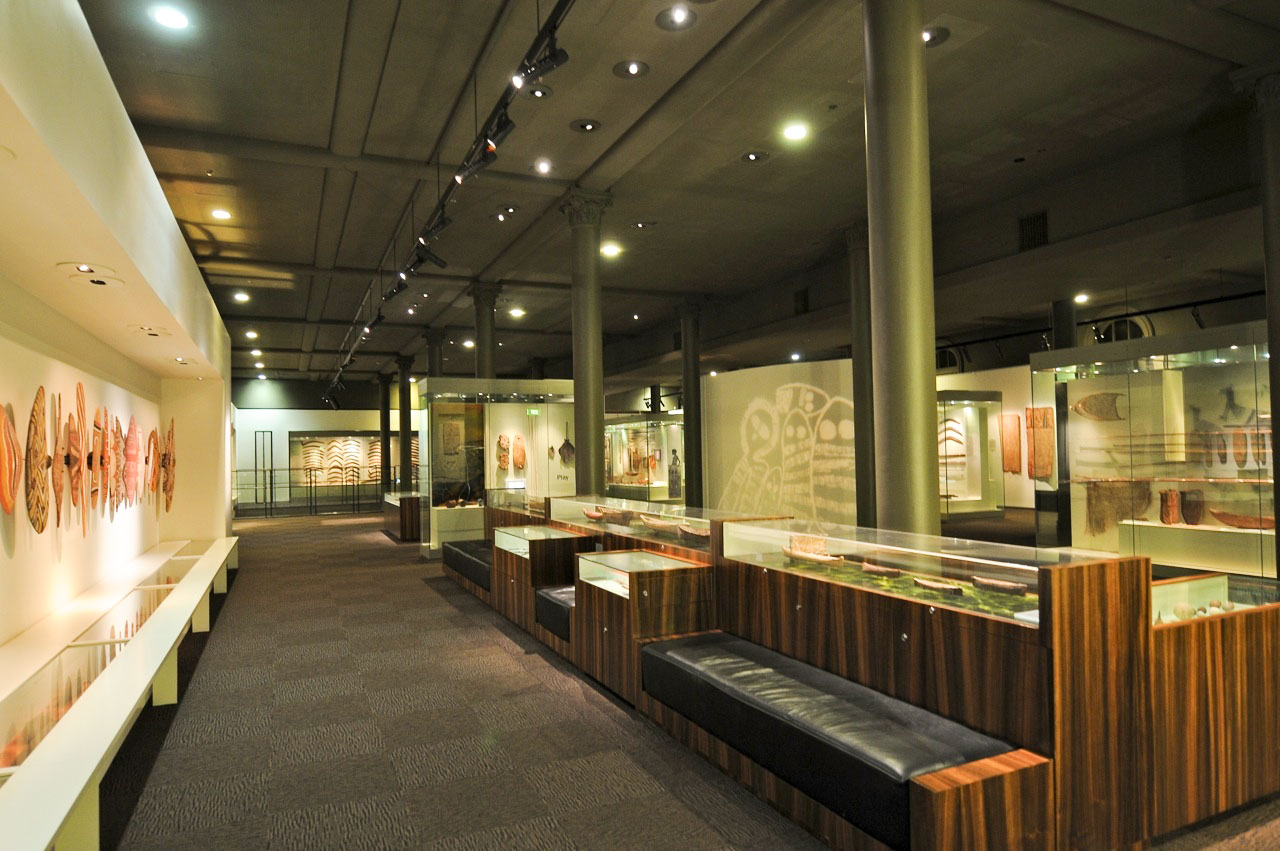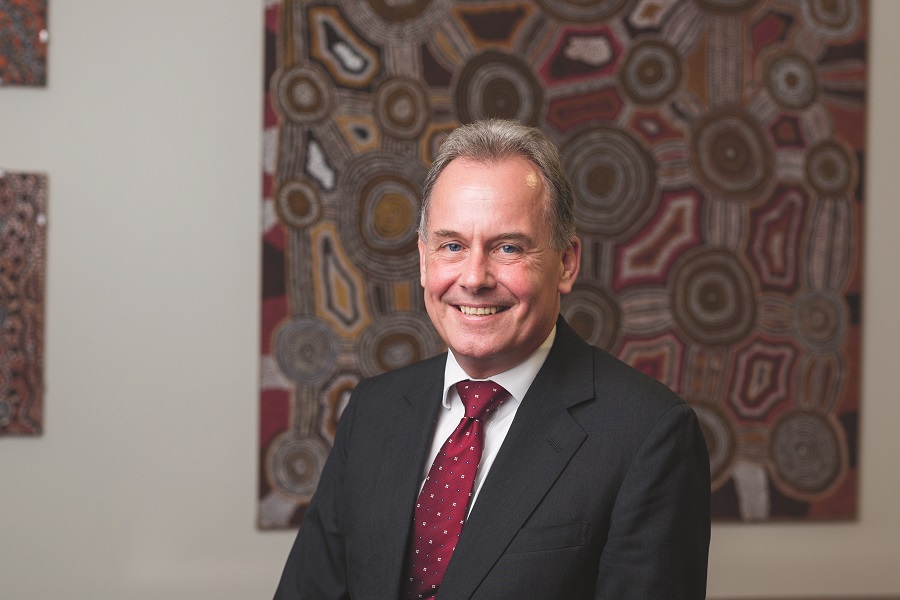
Brian Oldman
Brian Oldman is the director of the South Australian Museum

As consultation progresses for the state government’s proposed Aboriginal Arts and Cultures Gallery, South Australian Museum director Brian Oldman reflects on this vital opportunity to share the story of more than 60,000 years of living Aboriginal culture.
The initiative by the state government for an Aboriginal Art and Cultures Gallery on Lot 14 marks a once in a lifetime, generational opportunity. A site is being developed on North Terrace, the cultural centre of South Australia, that gives us the prospect to create a place of not only national but international importance. The proposed gallery will be a centre of Aboriginal cultural significance, and the South Australian Museum’s unparalleled collection can be at the heart of it.
The Museum is custodian of arguably the most comprehensive collection of Australian Aboriginal cultural material in the world. This collection does not represent Aboriginal cultures of just South Australia, it reaches across most of the Aboriginal communities in Australia. There are over 30,000 objects from most of Australia’s approximately 250 Aboriginal language groups, and 95 per cent of this collection is currently held in a converted brick and aluminium warehouse in the Adelaide suburb of Netley. When you consider where this collection, which is at the very heart of Australia’s national history, is being held, it is obvious that something has to change.
Founded in 1856, the South Australian Museum was the most westerly museum in Australia until the Western Australian Museum opened in 1891. Adelaide was the gateway to the Outback and the museum was well located as collecting expeditions returned from their remote travels. Because of this, the museum became custodian to Aboriginal cultural objects that represented community groups in Western Australia, the Northern Territory and up into Queensland and New South Wales – thus giving the South Australian Museum a breadth not found in any other institution.

These objects represent the living culture of Aboriginal people, and the museum works hard to ensure that Aboriginal communities today, as the cultural owners, are engaged with their cultural objects. This responsibility extends to secret and sacred materials and Aboriginal ancestral remains. Importantly, and guided by its influential Aboriginal Advisory Committee, the museum has within the last year introduced a new policy on the repatriation of ancestral remains and is committed to working with communities to returning their Old People to their Country. Repatriation of ancestral remains are progressing with Aboriginal communities, including the Kaurna people on whose Country the museum is located. We are working towards engaging with all communities whose ancestors are being cared for by the museum.
The Aboriginal Art and Cultures Gallery gives an opportunity to think afresh how Aboriginal culture is presented, communicated and experienced. A critical first step is to ensure that Aboriginal people, from the beginning, are front and centre in the creation and development of this new space. The gallery needs to be a place devoted to Australian Aboriginal cultures, truth telling (and some of these truths are confronting and challenging), art, history, science and contemporary life. It should recognise and celebrate the longest continuous human culture on the planet, provide a dynamic cultural hub and be a beacon for reconciliation for generations to come. It will once again position Adelaide as the cultural gateway to Aboriginal Australia.
A vibrant gallery should represent living Aboriginal cultures, the culture of individual communities and the tools that were used in daily life. It should showcase the science that Aboriginal people understood, developed and utilised, such as the aerodynamic principles of the boomerang or the principle of levers used in a spear thrower (Woomera) to extend its range and accuracy. Being located adjacent to the Adelaide Botanic Garden locates it close to Country and the plants that it sustains. The gallery should encompass the entirety of Aboriginal culture, past, present and future.
A gallery should also make an important contribution to skills training and the economy. With a new generation of Aboriginal researchers, curators, educators and trainees employed at the South Australian Museum, we are building a foundation to support this crucial development. Technology will also play a key role. The digitisation of the Aboriginal collections ensures that it is truly accessible 24 hours a day, seven days a week, no matter where in Australia, or indeed the world, you are. Emerging technologies such as 3D printing also allow broad and remote access opportunities for collections.
There is no doubt that Adelaide has the opportunity to create an Aboriginal cultural centre of international significance, which should stand shoulder to shoulder with the National Museum of the American Indian in Washington DC or Te Papa in Auckland. It can tell the story of Australia that all Australians should know and that international visitors will want to learn about. As a white European Museum director, it is incredibly humbling to be associated with this opportunity. It is an opportunity for Aboriginal people to truly connect with their culture and for all Australians to learn about the culture of the country in which they live.
The Adelaide Review is a media partner of the South Australian Museum

Brian Oldman is the director of the South Australian Museum